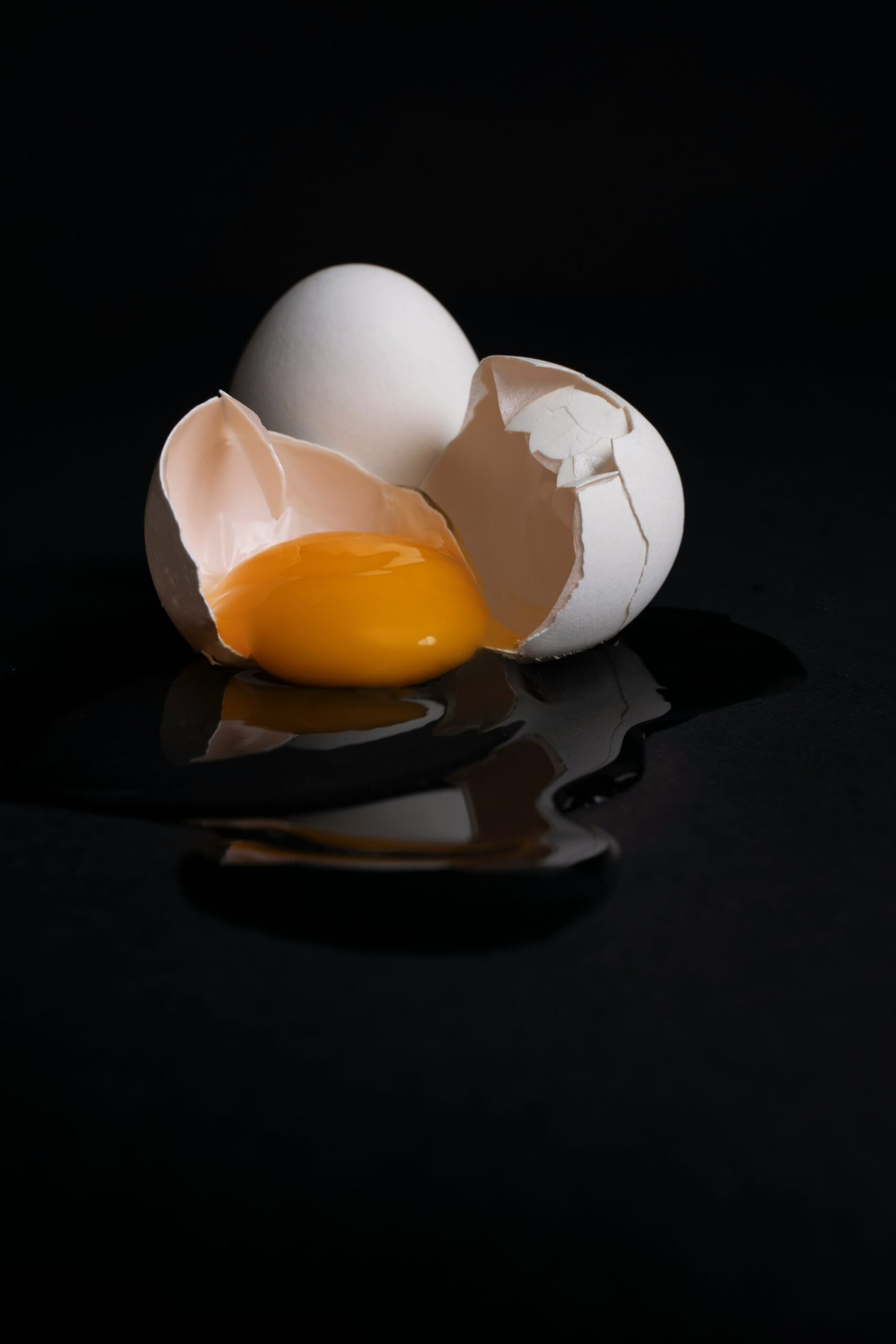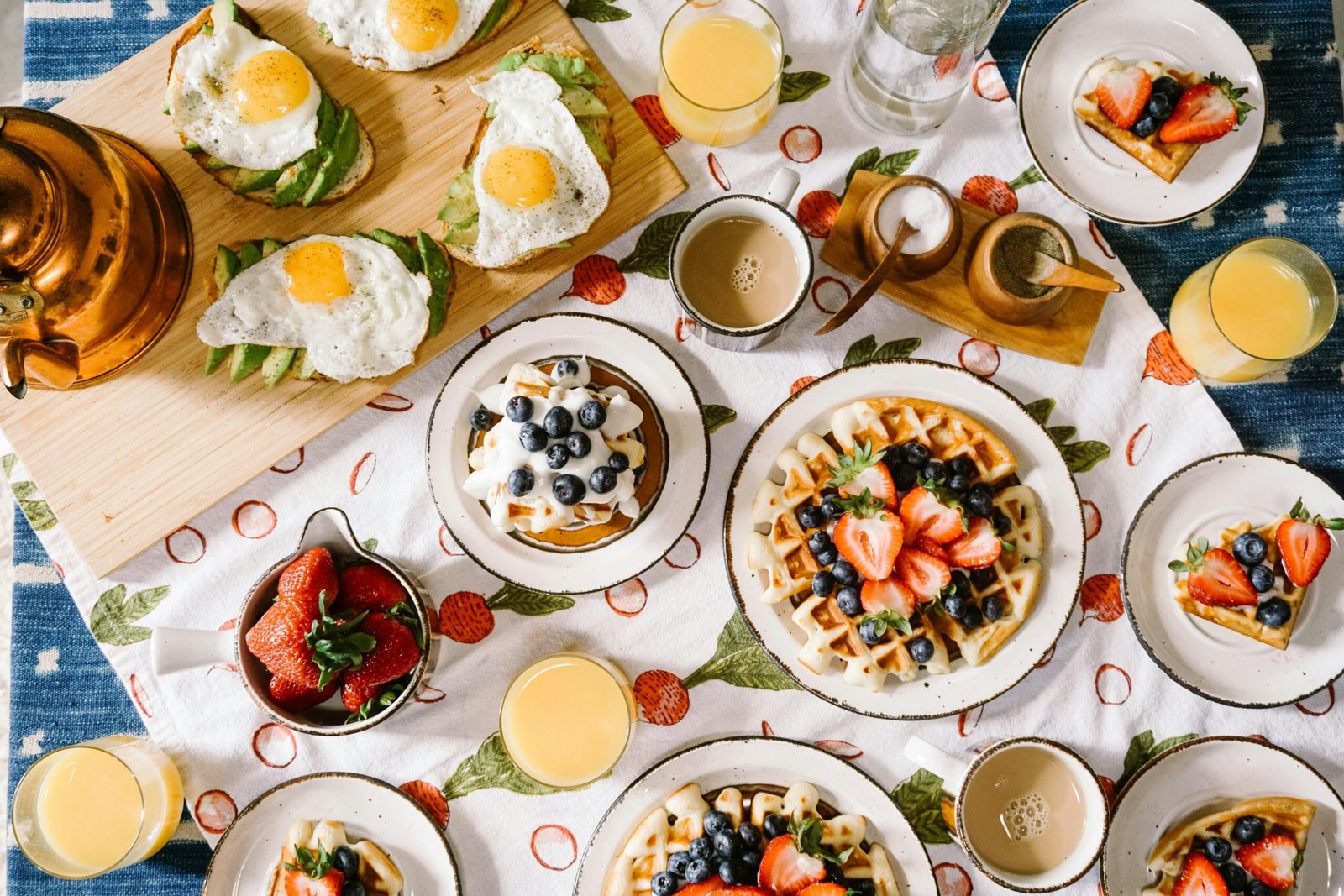Introduction
Eggs are a versatile and nutritious food source that many of us enjoy on a regular basis. However, during times of surplus production, it can be challenging to consume all the eggs before they spoil. While refrigeration is the most common method of preserving eggs, there are several traditional and modern techniques that can be used to extend their shelf life even further. In this article, we will explore some innovative egg preservation techniques beyond just refrigeration.
Water Glassing
Water glassing, also known as sodium silicate preservation, is a traditional method that has been used for centuries to preserve eggs. It involves submerging eggs in a solution of water glass, which creates a protective coating around the eggshell, preventing air and bacteria from entering. This technique can extend the shelf life of eggs for up to 9 months.
To water glass eggs, start by sterilizing a large glass jar with boiling water. Then, dissolve water glass in water according to the manufacturer’s instructions. Place clean, unwashed eggs in the jar, making sure they are completely submerged in the solution. Seal the jar tightly and store it in a cool, dark place. When you’re ready to use the eggs, rinse them thoroughly before cracking them open.
Oiling
Oiling is another traditional method of egg preservation that involves coating the eggs with a layer of oil to seal the pores in the shell, preventing oxygen from entering and bacteria from growing. This technique can help eggs stay fresh for several weeks.
To oil eggs, start by cleaning them with a damp cloth to remove any dirt or debris. Then, apply a thin layer of food-grade mineral oil or vegetable oil to the entire surface of the egg, making sure to cover it completely. Place the oiled eggs in a carton or container with the pointed end facing down to help maintain their freshness. Store the eggs in a cool, dry place away from direct sunlight.
Freezing
Freezing is a modern technique that can be used to preserve eggs for an extended period. However, it’s important to note that freezing changes the texture of eggs, making them unsuitable for certain recipes that require a smooth consistency, such as scrambled eggs or custards. Frozen eggs are best used for baking or cooking purposes.
To freeze eggs, start by cracking them into a bowl and gently whisking them together. You can also separate the yolks and whites if desired. Pour the beaten eggs into an ice cube tray or freezer-safe container, making sure to leave some space for expansion. Seal the container tightly and place it in the freezer. When you need to use the frozen eggs, thaw them in the refrigerator overnight.
Vacuum Packing
Vacuum packing is a modern preservation technique that involves removing the air from the packaging to create a vacuum seal. This method can help extend the shelf life of eggs by preventing oxygen and bacteria from reaching them.
To vacuum pack eggs, start by cracking them into a bowl and whisking them together. Pour the beaten eggs into a vacuum-sealable bag or container. Use a vacuum sealer to remove the air from the packaging and create a tight seal. Store the vacuum-packed eggs in the refrigerator or freezer, depending on your preference.
Conclusion
While refrigeration is the most common method of preserving eggs, there are several innovative techniques that can be used to extend their shelf life even further. Water glassing, oiling, freezing, and vacuum packing are all effective methods that can help you make the most of surplus egg production. Whether you prefer traditional or modern preservation techniques, experimenting with these methods can ensure that you have a steady supply of fresh eggs even during times of abundance.





